- Home
- Articles
- Architectural Portfolio
- Architectral Presentation
- Inspirational Stories
- Architecture News
- Visualization
- BIM Industry
- Facade Design
- Parametric Design
- Career
- Landscape Architecture
- Construction
- Artificial Intelligence
- Sketching
- Design Softwares
- Diagrams
- Writing
- Architectural Tips
- Sustainability
- Courses
- Concept
- Technology
- History & Heritage
- Future of Architecture
- Guides & How-To
- Art & Culture
- Projects
- Interior Design
- Competitions
- Jobs
- Store
- Tools
- More
- Home
- Articles
- Architectural Portfolio
- Architectral Presentation
- Inspirational Stories
- Architecture News
- Visualization
- BIM Industry
- Facade Design
- Parametric Design
- Career
- Landscape Architecture
- Construction
- Artificial Intelligence
- Sketching
- Design Softwares
- Diagrams
- Writing
- Architectural Tips
- Sustainability
- Courses
- Concept
- Technology
- History & Heritage
- Future of Architecture
- Guides & How-To
- Art & Culture
- Projects
- Interior Design
- Competitions
- Jobs
- Store
- Tools
- More

Look up in any city, and you’ll see more than just protection from rain or sun.
Roofs are silent storytellers, capturing the essence of an urban environment’s past, present, and future.
The slope of a roof, its materials, and even its color can reveal what a community values—whether that’s resilience against harsh weather, energy efficiency, or bold aesthetic statements.
From the angular silhouettes of city skylines to the tiled rooftops that line historic neighborhoods, every design choice reflects shifts in technology, culture, and architectural thinking.
This article unpacks how roof design both shapes and reveals the unique character of our cities.
Photo by Josh Hild from Pexels
Table of Contents
ToggleThe Role of Roofs in Urban Living and Local Expertise
Roofs are more than just a structural cap for urban buildings—they define how we live, work, and gather in cities.
They provide essential protection from the elements, but their impact goes further by shaping energy efficiency and adding visual interest to city streetscapes.
In urban settings, every rooftop matters.
The choice of roof design affects insulation, temperature control, and even how much natural light a building receives.
These factors are especially important in places like Harrisburg, where seasonal weather can be unpredictable and demanding on building materials.
That’s why expertise matters when choosing or maintaining a roof.
A local Harrisburg roofer understands the area’s climate patterns, building codes, and architectural heritage.
This insight allows them to recommend solutions that not only protect buildings but also complement the city’s unique aesthetic—think classic brick rowhomes or the blend of old and new downtown facades.
Local roofers know which materials will withstand winter snows and summer heatwaves without sacrificing curb appeal.
Pro Tip: Consult with a roofer who values both function and design—your building will stand out for all the right reasons while staying protected year-round.
Key Takeaway: The right roof brings together safety, efficiency, and style—especially when guided by local expertise tailored to your city’s character.
Historical Influences: How Roofs Reflect Urban Evolution
The rooftops above us are more than shelter—they’re silent storytellers of a city’s history.
Over time, shifting design priorities, breakthroughs in construction technology, and cultural movements have left distinct marks on urban skylines.
From steeply pitched roofs of the past to today’s flat silhouettes, each era brings new ideas about beauty, function, and community.
Let’s break down how historical context shapes the roofs we see—and live under—today.
From Pitched to Flat: Tracing Architectural Movements
Pitched and gabled roofs dominated early urban neighborhoods, channeling rain and snow while echoing regional traditions.
Victorian rowhouses and Craftsman bungalows wore their steep slopes with pride—a nod to both climate and classic aesthetics.
The 20th century ushered in a new wave: flat roofs. These became symbols of modernism and urban efficiency, especially as cities like Chicago and New York rose skyward.

Flat roofs offered space for utilities, gardens, or social gatherings—responding to denser living and changing lifestyles.
Each shift in roof style marks not just architectural trends but also evolving urban values about use of space, technology, and identity.
Material Innovation and Urban Identity
The introduction of new materials has transformed both the look and performance of city rooftops.
Slate gave way to asphalt shingles; clay tiles competed with sleek metal panels. Each material brought its own statement—and possibilities—for architects and communities alike.
A 2023 study published in Springer (Green Roof Impact Study) explores how green roofing and innovative materials have influenced both the visual and functional aspects of urban buildings. The research found that new roofing materials, especially green roofs, have become important markers of architectural identity in cities and support broader sustainability goals.
This ongoing evolution ensures that rooflines aren’t just functional—they’re also reflections of contemporary priorities like sustainability, resilience, and local character.
Adaptive Reuse and Preservation
Urban development often faces a critical question: preserve historic charm or make way for progress?
Cities worldwide are now finding creative ways to do both by adapting old rooftops for new uses while honoring their heritage.
You’ll spot original slate or terra cotta tiles carefully restored on landmarks—even as rooftop additions bring solar panels or communal decks into the mix.
This balance keeps neighborhoods visually connected to their past but ready for modern needs. It’s an approach seen from Harrisburg’s revitalized mills to retrofitted lofts in Brooklyn—ensuring historic roofs stay relevant without losing their soul.
Functionality Meets Form: The Modern Urban Roof
Urban roofs have evolved far beyond their traditional role as protective barriers.
Today’s rooftops are engineered to tackle the challenges and opportunities of city life—delivering sustainability, fostering community, and enhancing resilience.
This section looks at how creative roof design is shaping healthier, more connected, and more adaptive urban environments.
Green Roofs and Urban Sustainability
Green roofs are transforming city skylines from gray to green, literally breathing life into concrete jungles.
These living rooftops act as natural filters, improving air quality by absorbing pollutants and capturing carbon dioxide.
By retaining rainwater, they help reduce runoff that can overwhelm storm drains during heavy downpours.
Biodiversity also gets a boost—pollinators like bees and butterflies find vital habitats atop urban buildings.
In cities like Chicago or Toronto, entire rooftops now double as eco-friendly gardens, making sustainability a visible part of daily life.
Key Takeaway: Green roofs deliver environmental benefits while creating vibrant pockets of nature high above city streets.
Rooftop Amenities and Social Spaces
The modern urban roof is no longer just off-limits infrastructure—it’s becoming a destination for leisure and connection.
Cities worldwide are seeing an explosion of rooftop gardens, lounges, fitness decks, and even small parks atop residential and commercial buildings.
A Urban Rooftop Trends 2023 report reveals that these amenities are rapidly expanding, making rooftops essential social hubs in dense neighborhoods.
This shift brings people together—neighbors gather for barbecues, families play in rooftop playgrounds, and professionals unwind with skyline views after work.
Key Takeaway: Rooftop amenities turn underused space into thriving community assets that boost well-being and foster local pride.
Climate Adaptation and Resilient Design
Cities face rising temperatures, heavier storms, and mounting energy demands—all challenges addressed through thoughtful roof design.
Cool roofs reflect sunlight to keep buildings—and whole neighborhoods—noticeably cooler during summer heatwaves.
Storm-resistant materials protect against intense winds or hail while integrated solar panels generate clean electricity right where it’s needed most.
Diverse solutions like rainwater harvesting systems further prepare cities for unpredictable weather patterns driven by climate change.
Pro Tip: Opting for reflective coatings or modular green roof systems can significantly increase your building’s resilience without major structural changes.
Key Takeaway: Innovative roofing strategies are central to making cities more adaptable and sustainable in the face of climate uncertainty.
Cultural Expression and the Urban Skyline
Roofs are more than protective layers—they’re statements of local culture and creativity.
From bold silhouettes that define skylines to vibrant rooftop installations, roof design shapes the personality of a city and sparks new architectural ideas.
Iconic Rooflines and City Branding
Distinctive roof shapes are often the first thing people notice about a city’s skyline.
Think of Sydney’s Opera House or the sloped copper roofs in Paris—these forms become symbols, instantly recognizable around the world.
Cities use unique rooflines to stand out, drawing visitors and businesses while reinforcing their identity on everything from postcards to movie scenes.
Public Art and Rooftop Installations
Rooftops aren’t just for HVAC units anymore—they’re evolving into stages for public art, murals, and creative installations.

According to a 2023 article from Cardinal Roofing, Rooftop Art Installations 2023, rooftop art has become a global trend, transforming city skylines from Tokyo to São Paulo. These projects not only beautify urban landscapes but also foster local pride and attract cultural engagement.
Diversity in Roof Design Across Neighborhoods
No two neighborhoods are exactly alike—and neither are their rooftops. In many cities, distinct communities showcase their heritage through specific roof styles or colors.
You’ll see Spanish tiles in one district, minimalist flats in another, or ornate gables marking historic enclaves. This diversity adds richness to the urban landscape and honors each community’s roots.
Photo by Suliman Sallehi from Pexels
Conclusion
Roof design goes far beyond its basic role of protection—it’s a dynamic reflection of how cities grow, adapt, and express themselves.
The rooftops we see every day connect the past with the present, showcasing shifts in technology, sustainability, and culture.
From iconic city skylines to neighborhood patterns, each roof tells part of a larger story about urban life and local identity.
As cities face new challenges and opportunities, the creative evolution of roof design will keep shaping how we experience—and understand—urban architecture.
illustrarch is your daily dose of architecture. Leading community designed for all lovers of illustration and #drawing.
Submit your architectural projects
Follow these steps for submission your project. Submission FormLatest Posts
To Upgrade or to Change Your Roof Completely: Key Facts to Know
Deciding what to do with an aging roof often brings confusion, hesitation,...
Best Practices for Roof Inspections and Maintenance
On most projects, the roof spends decades out of sight while carrying...
Sunny Days, Secure Roof: Simple Steps to Shield Your Home
Your home is more than just a place to live—it’s a sanctuary....
Simple and Stylish Roof Ideas for Homeowners
When designing your home, don’t overlook the roof. It’s essential for both...





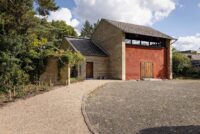


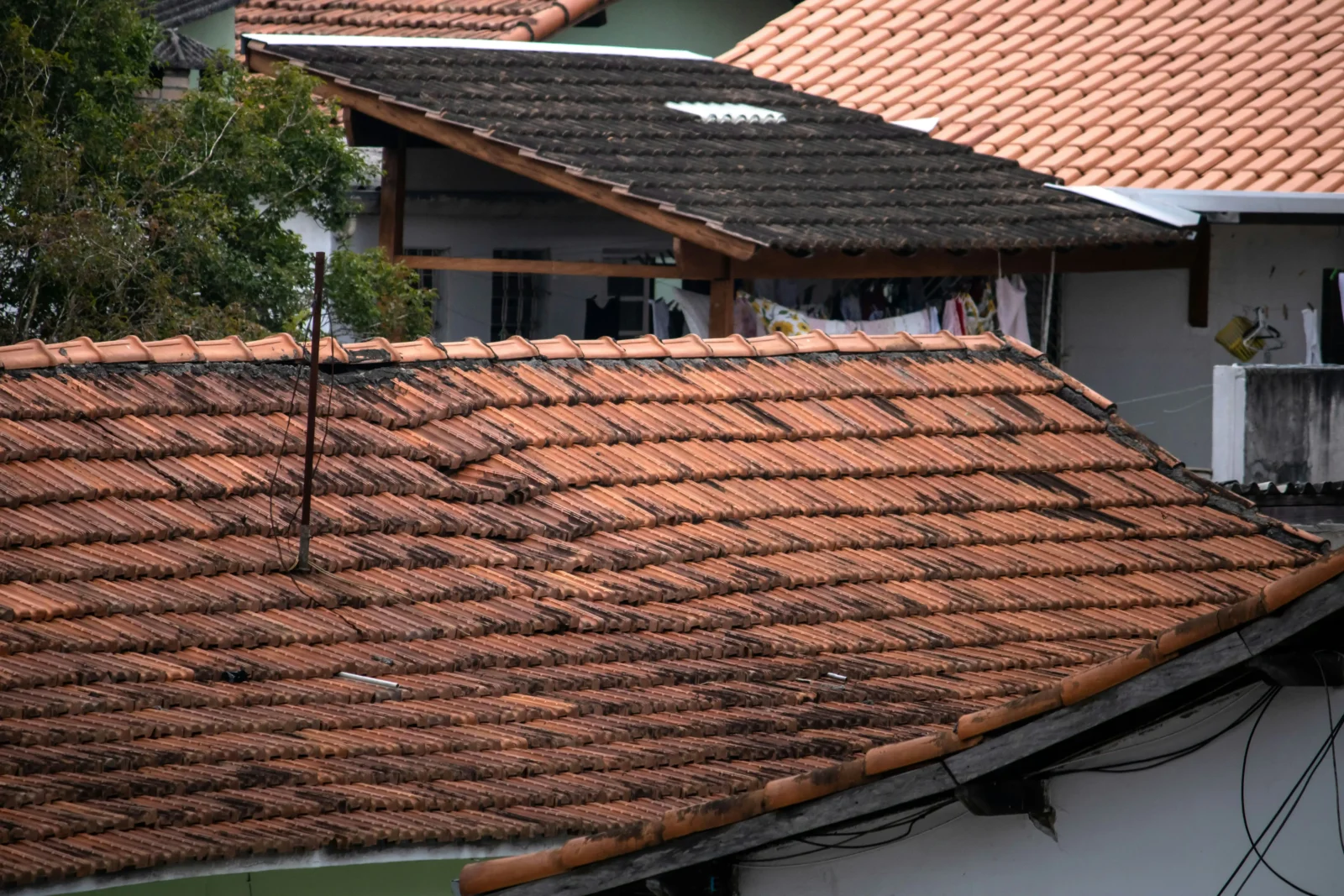
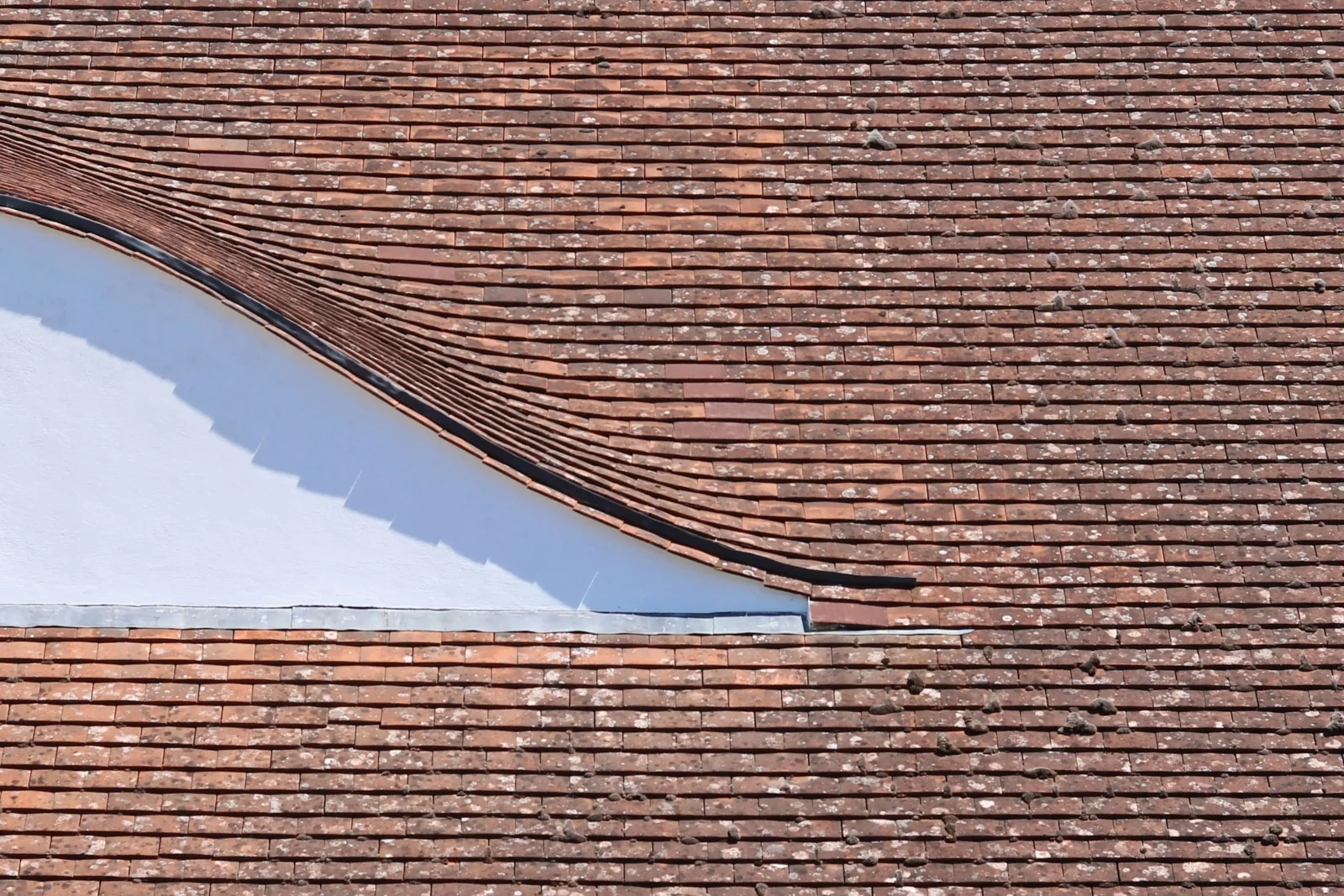
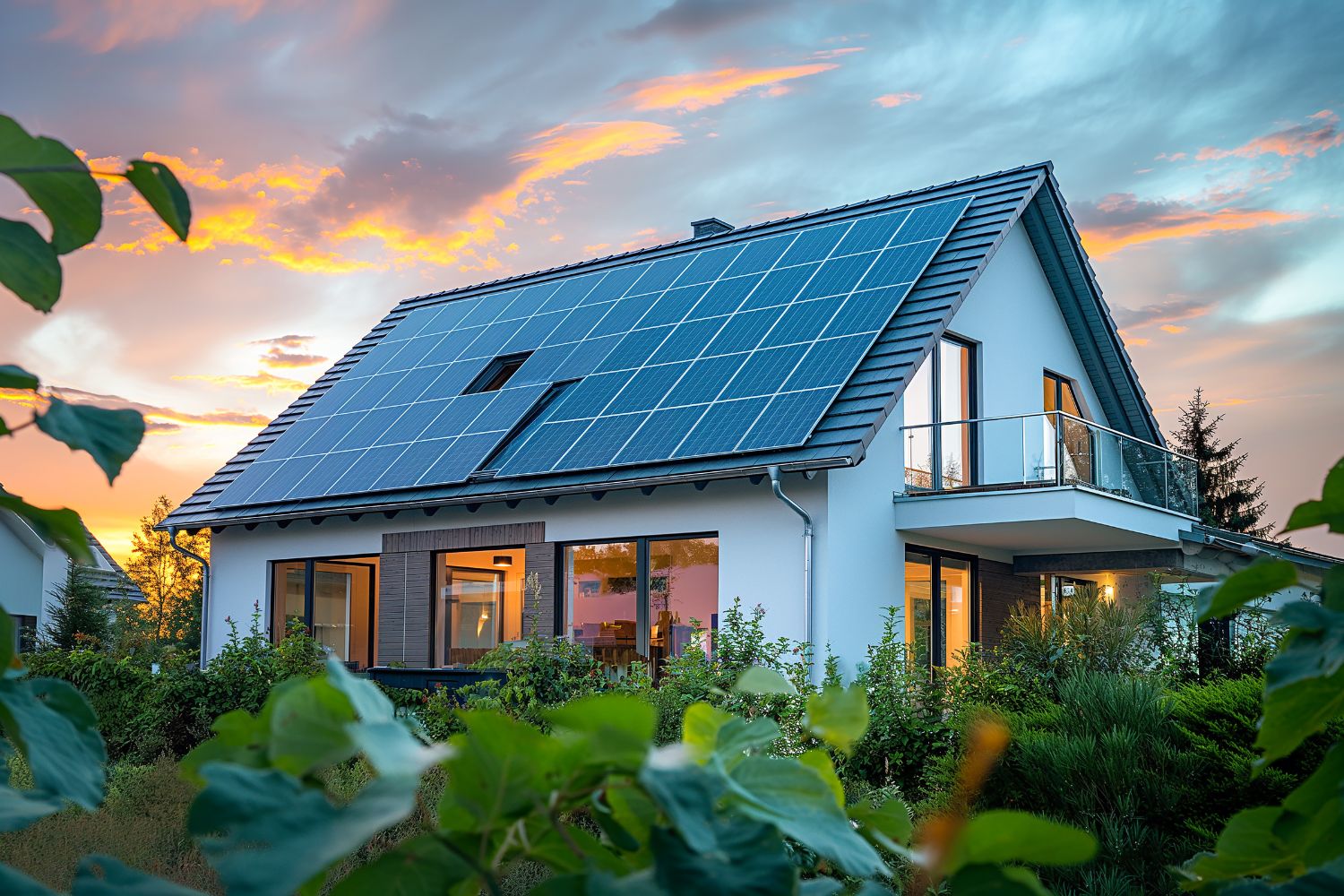
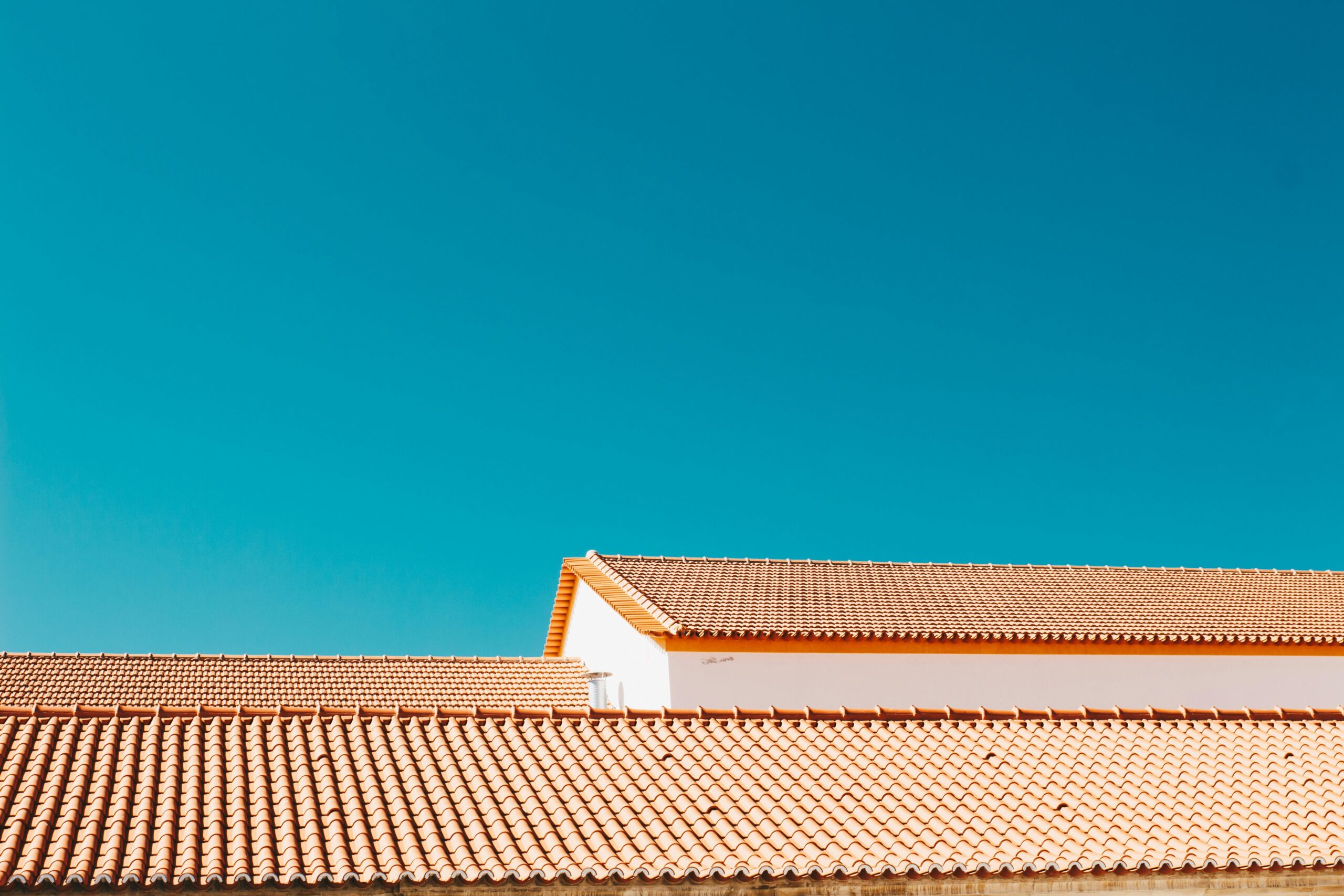
Leave a comment